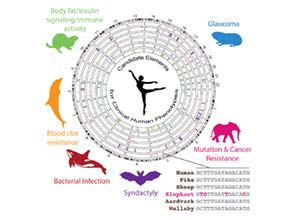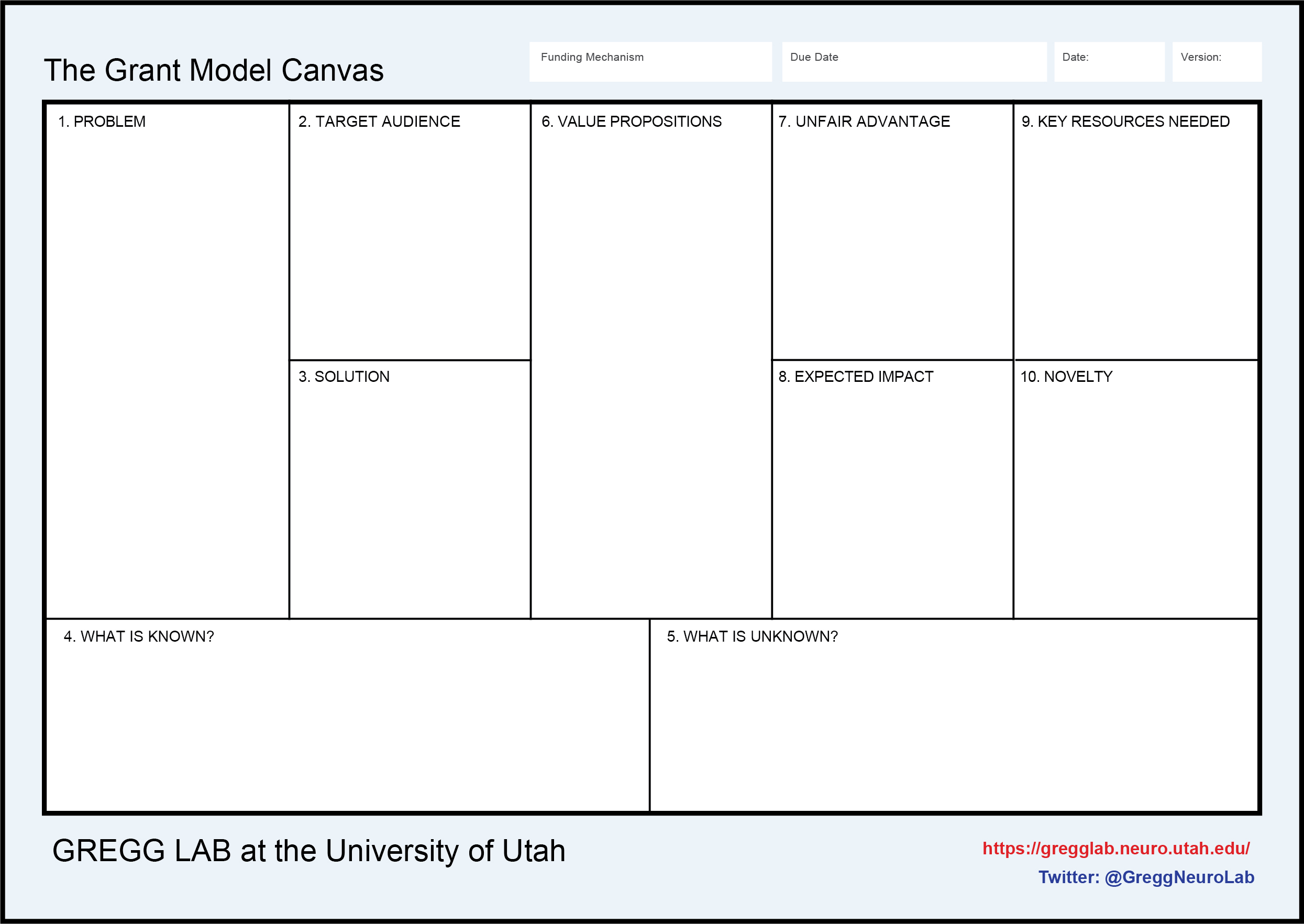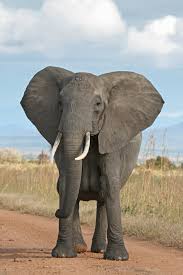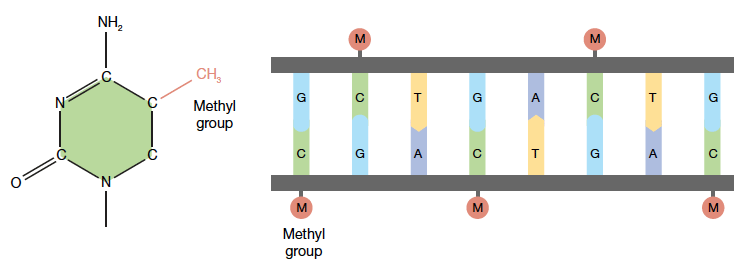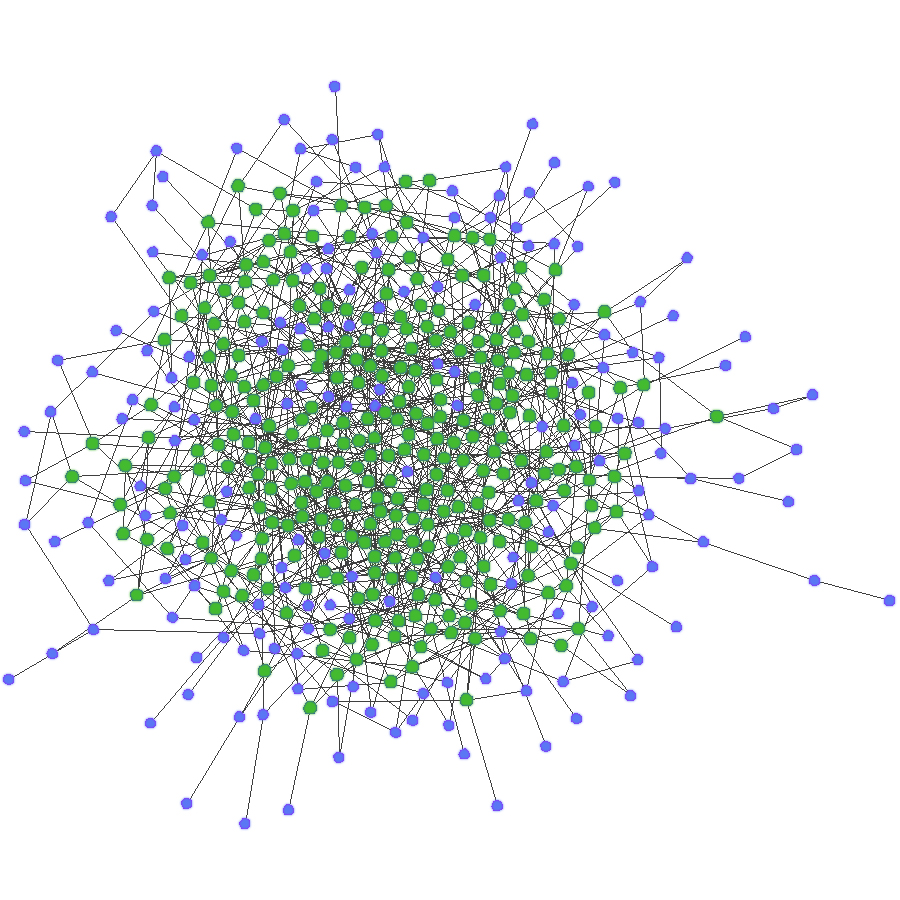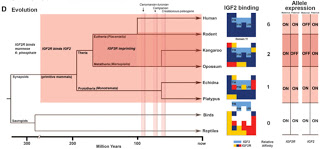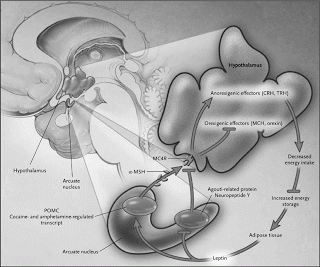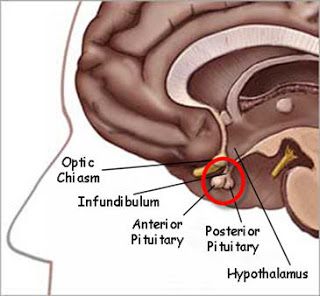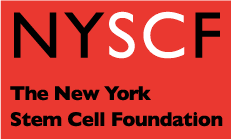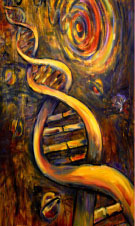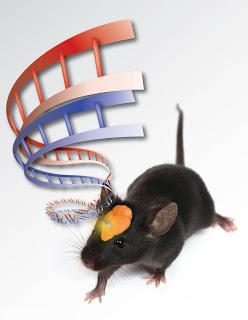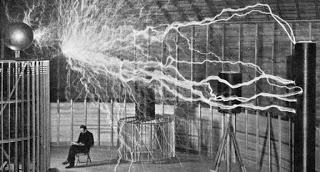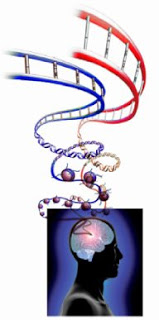Imprints on our Biology that Determine our Behavior Our recent study in Cell Reports is big step forward towards our vision of integrating naturalistic behavior, machine learning and genetics to understand the cellular and molecular basis of mammalian decisions and actions. This is important work, since our behavior, including our decisions and actions, are the … Read more
APPLY NOW – The SEAL Program for Professional Scientists
Planning and Life Reflections – Are you on track?
It is good to regularly reflect on your life plan, perspectives and progression. A logical time to do it is during the Christmas and New Years break. I like to write and store this in Evernote, so it easy to find. Here are some questions I recommend answering as you prepare for the year. Look … Read more
Become A Scientist – You Can Do It!!! Ten Reasons Why
A postdoctoral fellow in my lab recently got an outstanding tenure-track faculty position with a great startup package and hard salary. This is so exciting! But at the same time, I hear of trainees overcome with fear because they feel the road to a tenure-track position is simply too hard and competitive. This is worrisome … Read more
Vote! Our paper is in the running for the top science idea in 2019
The science website, STATnews , runs an annual competition called STAT madness to select the biggest and best science idea of the year. Go here to read about the STAT madness competition for 2019 and the contenders for this year’s crown. Our accelerated evolution paper (published in Cell Reports last year) has been selected as one of … Read more
The Grant Model Canvas for Developing Great Grants
A LEAN CANVAS-STYLE APPROACH TO DEVELOPING GREAT GRANTS AND PROJECTS Writing a great grant or designing a transformative new project is hard work and many issues need to be considered carefully. An idea for grant application/project will typically go through many, many iterations before something great emerges. During this process, many different ideas and … Read more
Peer Review and the Dangers of Cognitive Easing
Getting Away With Murder Murder is a serious, but alarmingly prevalent phenomenon in academic science. Every minute, someone somewhere kills another person’s idea. After years of labor, a researcher puts together a paper detailing a question, data gathered and the interpretation of the results. Each paper is a partially correct story presenting an idea and … Read more
Kill Ideas Quickly – Natural selection is why you need to work so hard as a scientist
Creative science involves obsessive information gathering and thinking to generate a lot of ideas. Most ideas are partially or completely bad/wrong in their initial form. It takes years of sculpting to chisel out a great knowledge product. You do not want to spend years pursuing bad/wrong ideas, but in most cases it is not immediately … Read more
Adventures in Genomics – New documentary about work in the Gregg lab
Illumina selected our work as the focus for a recent short documentary film for their Adventures in Genomics YouTube channel. It is about our work analyzing the genomes of different species to decode the noncoding parts of the genome. https://www.youtube.com/watch?v=vAvXSsaV3yU
Featured Image for Elliott’s new paper in Cell Reports
Here is the cover submission image for Elliott’s new paper. It is one of the most read Cell Press papers in the last 30 days. Congrats to Elliott for all his hard work! More exciting work is coming…
See Dr. Gregg’s TEDx Salt Lake City talk
Why Sex? Science has an answer. This talk discusses the Gregg lab’s discoveries on gene expression and epigenetics at the allele and cellular level:
Great Science : It’s All About the Story
During a recent meeting I had the pleasure of talking with Iain Patten, a professional science writer in Europe. Iain travels throughout Europe teaching scientists how to write high impact papers.
The Epigenome Cometh
The factors that contribute to the development of common diseases have been challenging to define. Epigenetic mechanisms may play a role and the field is hopeful that epigenome-wide association studies (EWAS) studies will gain new insights.
Retrieve SNPs in Promoters and Flanking Sequence for Many Genes
This post presents R code to retrieve SNPs in promoters for a list of genes. You provide your list of genes to the “gene” variable and then use biomaRt (mus_musculus) to get the transcriptional start sites (TSS) for each transcript for your list of genes.
New Approaches to Gene Co-expression Network Analysis
An important new paper on the methodology for doing gene co-expression network analysis was recently published in PLoS ONE by Kumari et al. (2012). The paper is entitled “Evaluation of Gene Association Methods for Coexpression Network Construction and Biological Knowledge Discovery”.
Dr. Coni Horndli Receives Prestigious Swiss Fellowship!!
Dr. Coni Horndli has been awarded a prestigious fellowship from the Swiss National Science Foundation. Dr. Horndli is a postdoctoral fellow in the Gregg Lab developing novel approaches to study genetic and epigenetic pathways in the brain that modulate complex feeding and foraging behaviors.
Innovator of the Year 2012 – Sridhar Vukkadapu
2012 INNOVATOR OF THE YEAR AWARD The 2012 Gregg Lab Innovator of the Year is Sridhar Vukkadapu. Sridhar is completing his Master’s Degree in computer science and has worked in the lab for one year.
IGF2:IGF2R Evolution
An Exon Splice Enhancer Primes IGF2:IGF2R Binding Site Structure and Function Evolution Christopher Williams,1* Hans-Jürgen Hoppe,2* Dellel Rezgui,2 Madeleine Strickland,1 Briony E. Forbes,3 Frank Grutzner,3 Susana Frago,2 Rosamund Z. Ellis,1 Pakorn Wattana-Amorn,1 Stuart N. Prince,2 Oliver J. Zaccheo,2 Catherine M. Nolan,4 Andrew J. Mungall,5 E. Yvonne Jones,6 Matthew P. Crump,1† A. Bassim Hassan2†
Identification of Neurons Regulating Energy Expenditure
By: Dr. Coni Horndli PhD. This recent study in Cell from Brad Lowell’s group reveals novel circuits in the arcuate nucleus of the hypothalamus that selectively drive energy expenditure.
Nematocin; identification of a C. elegans peptide neurotransmitter with structural and functional homology to vertebrate vasotocin and vasopressin/oxytocin.
By: Dr. Paul Bonthuis PhD. Two simultaneous reports by Garrison et al. and Beets et al. in last week’s issue of Science discovered a C. elegans peptide neurotransmitter, and two cognate receptors, with genetic, structural, and functional similarity to the mammalian oxytocin/vasopressin (and non-mammalian vertebrate vasotocin) signaling systems.
NYSCF-Robertson Neuroscience Investigator
Good news! The Gregg Lab is happy to announce that Christopher Gregg has been named a NYSCF-Robertson Neuroscience Investigator by the New York Stem Cell Foundation.
Writing a Research Proposal – Quick Tips
Great science writing might be described as a strange form of poetry that brings beautiful ideas to life with piercing clarity and purpose. Getting good at this is a career long endeavour.
ReExamining Lab Rotations – What should this graduate training experience be about?
One of the first steps in graduate school is to figure out what you want to study and in which lab you want to do your research. Lab rotations typically involve working in ~3 different labs for 1-2 months each.
Information for Moms
Stephanie Watson at WebMD has written a nice article for a general audience that addresses some of the basic issues related to maternal health and the long-term health of children – “Blame Your Health on Mom? Not so fast“.
Career Resource – PhD to Management
As much as I can, I will post helpful links for career planning for trainees. While there is a lot of vague crap written about transitioning into industry from academic science, there are a few gems.
Conceptual Innovators – Good Reading!
When breaking into neuroscience and genomics, it is the concepts that are so important to get hold of. Conceptual innovation is a primary goal of basic biology.
The Genome’s Dark Matter
Thanks for the Histones, Mom!
Several papers have emerged over the last year or so indicating transgenerational effects that influence the behavior and/or physiology of offspring.
Eppendorf & Science Prize for Neurobiology
Thank you to everyone sending congratulatory messages regarding the Eppendorf & Science Prize. A link to my essay is provided here: Parental Control Over the Brain
Number One on F1000!
The faculty of 1000 (F1000) is a post-publication peer review process performed by leading scientists that ranks publications in a variety of scientific fields. Our paper has the number one spot in Neuroscience! Fantastic.
Are The Effects of Stress and Anxiety Communicated Through the Germline to Offspring? — Inconceivable!
Life is full of stress. Jobs are lost, divorces ensue, accidents happen…even wars and terrorism are a part of life for some. There is no doubt that these things impact tremendously on children, but could chronic stress in one generation really influence future descendants for generations to come?
The Long Epigenetic Shadow of A Genetic Mutation
The evidence that parents pass epigenetic information on to their offspring and that information influences offspring physiology and behavior is continuing to grow.
Article In New York Times
ManyMoon.com highlights the Gregg Lab!
I have been searching for a good way to manage projects and ideas within the lab. I especially want to find a way to motivate creativity and productivity.
Parents Rule The Brain
My postdoctoral studies from Catherine Dulac’s laboratory at Harvard have finally been published as two companion papers in the August 6th issue of Science [Gregg et al., Science 2010; Gregg et al., Science 2010b].
Notes On Experimental Design
The goal of any experiment is to address a specific question such that the results will be reproducible and serve as a solid foundation for further thoughts and experimental work.
How to Discover
For myself and my future trainees, I am using this blog entry to reflect on the principle components of the path to discovery in bench science.
Programming :: Mac to Unix :: Excel Exports have New Line Problems for Perl on OSX
Why won’t my Perl script parse the CSV or tab-delimited table I just exported from Excel?
Introduction to the Kinship Theory
The leading theoretical explanation for the evolution of genomic imprinting is the Kinship Theory, which was proposed by David Haig here at Harvard in 1989.
What is Genomic Imprinting?
Genomic imprinting is one of the most provocative and exciting fields of research falling under the umbrella of “epigenetics”.Imprinting is thought to be a rare, but extraordinarily important mode of gene regulation in the genome and is the primary focus of my research.For this post, I am putting up an excerpt from Brady Weissbourd’s undergraduate thesis.
The Male Brain and The Female Brain Get Confused
For some, the term “neural conflict” might arouse images of severe headache pain or perhaps situational conundrums such as whether or not to have just one more piece of chocolate cake.






